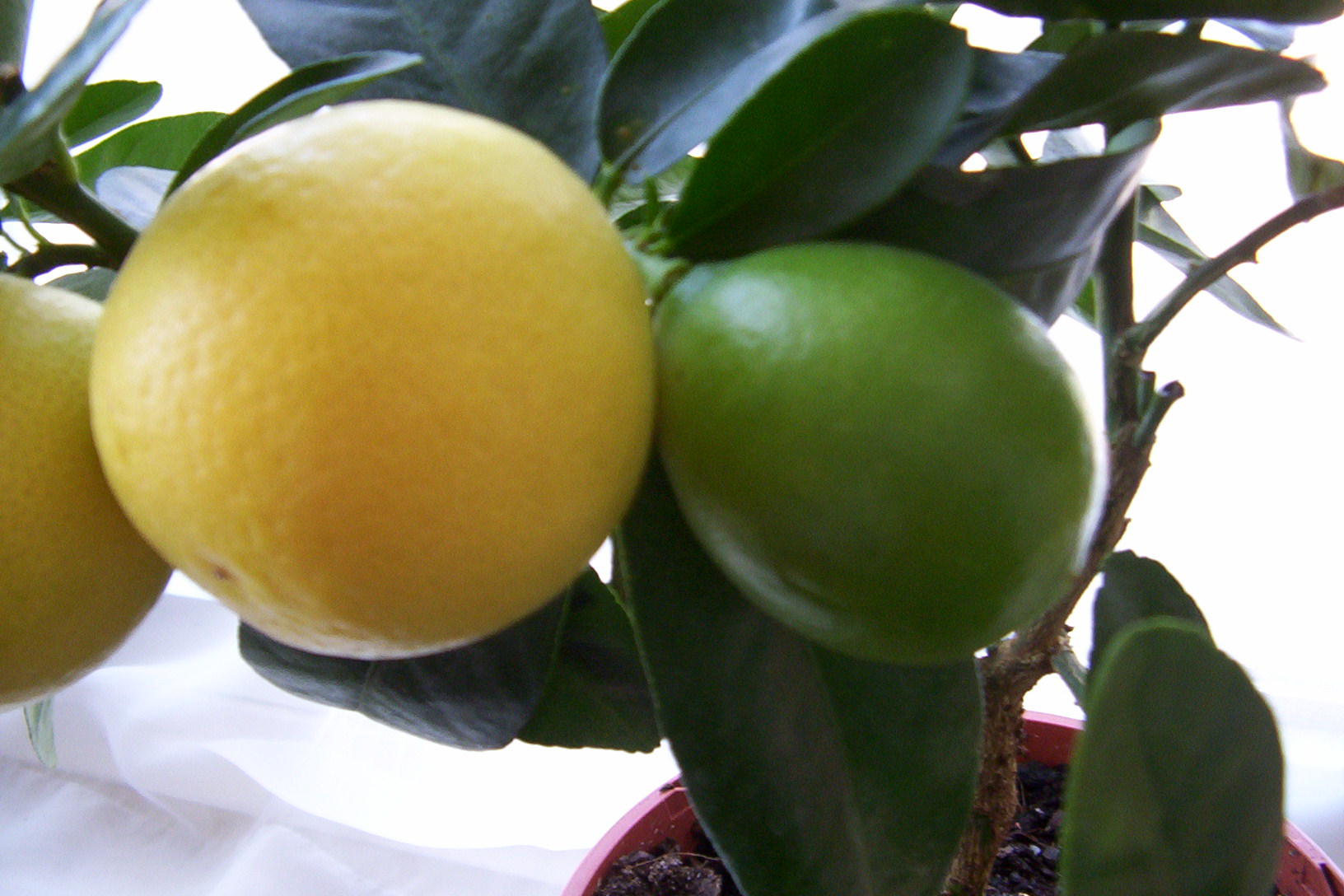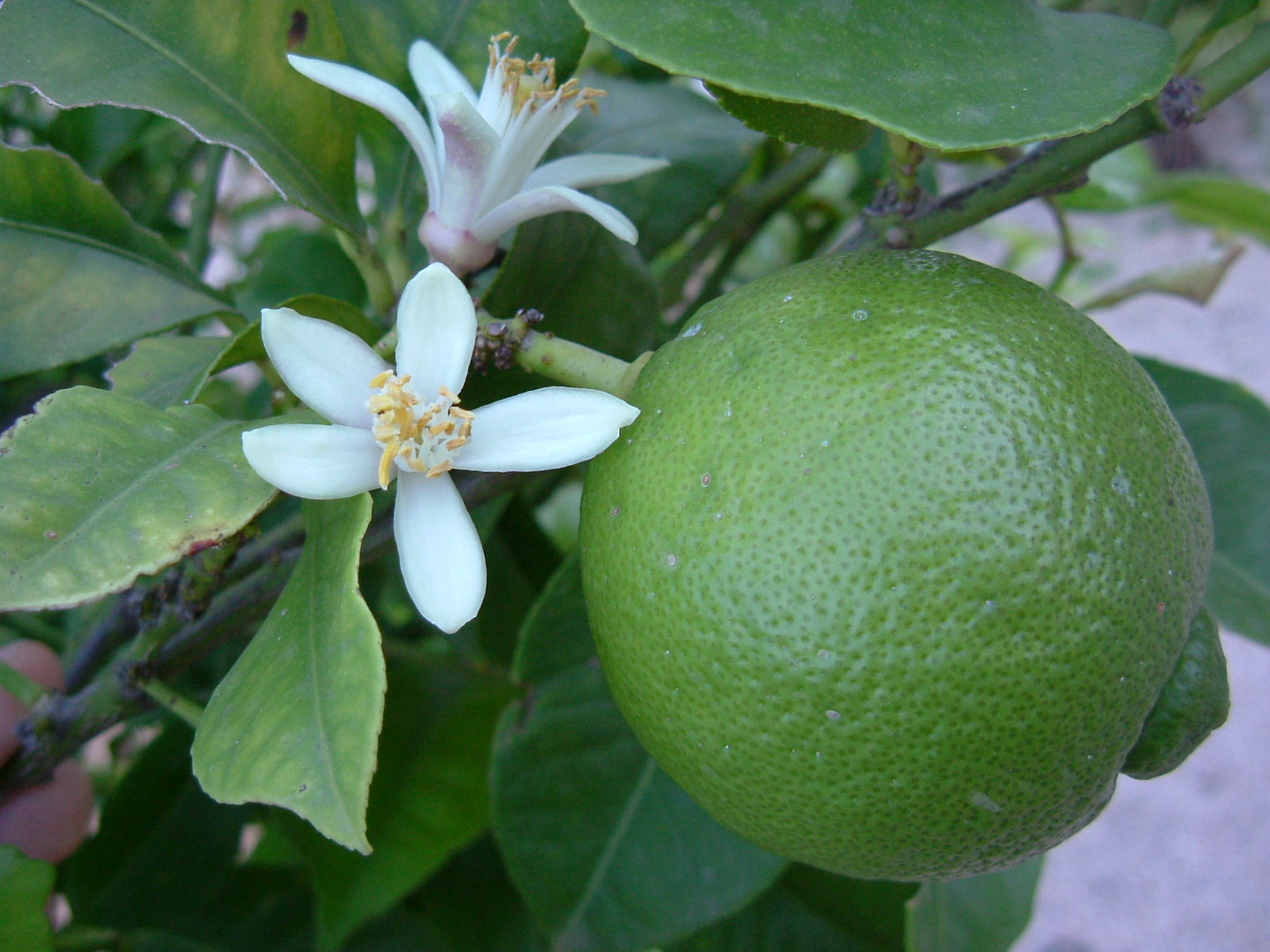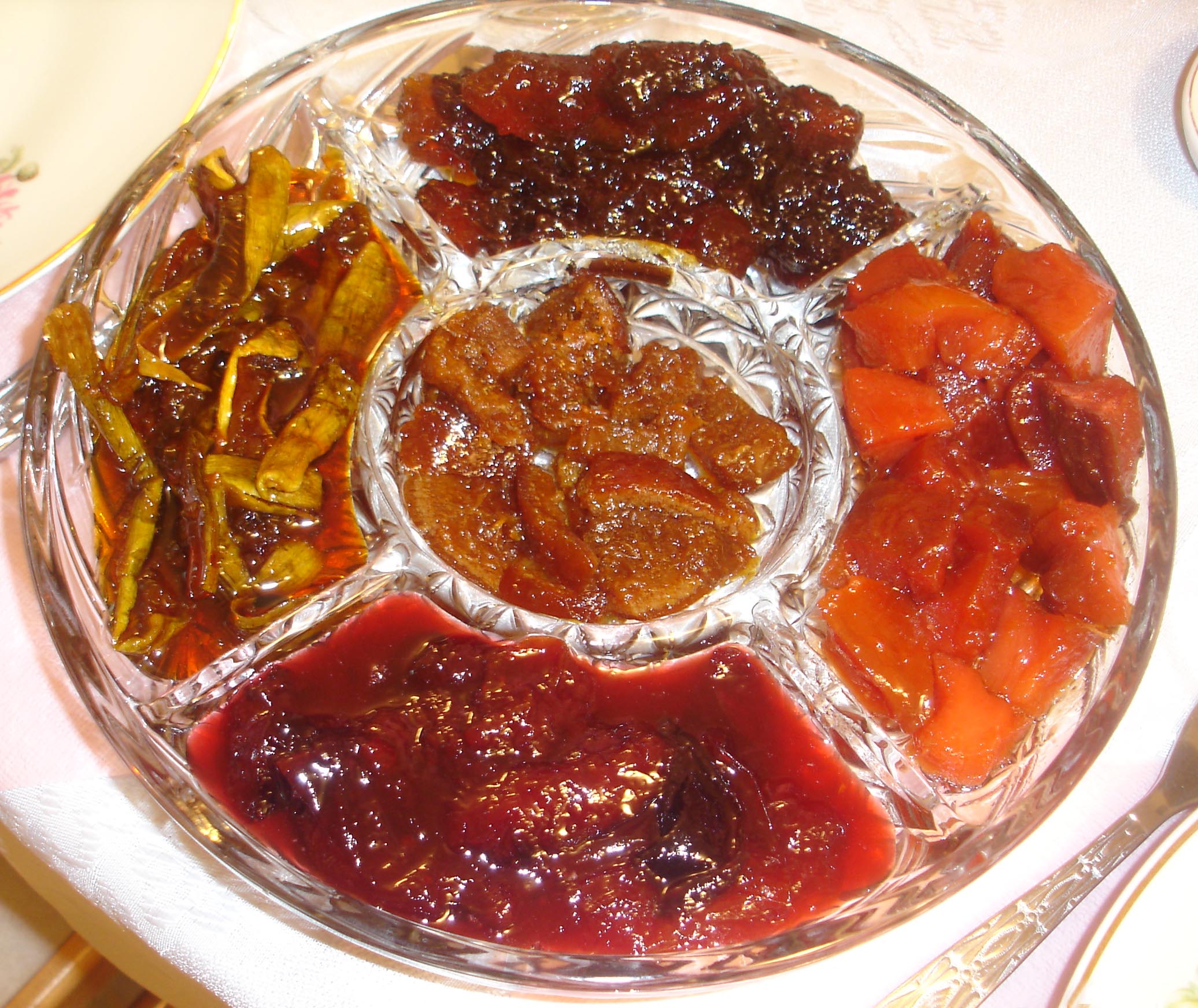|
Limequat
The limequat (''Citrus'' × ''floridana'') is a citrus hybrid that is the result of a cross between the Key lime and the kumquat, hybridized by Walter Tennyson Swingle in 1909. Description It is a small tree that grows into a contained bushy form. The leaves are characteristically citrus-like. The limequat produces an abundance of fruit even at a young age. The fruit is small, oval, greenish-yellow and contains seeds or pips. It has a sweet-tasting skin and a bitter-sweet pulp with a flavor similar to limes. The fruit can be eaten whole or the juice and rind can be used to flavor drinks and dishes. It has considerable amounts of vitamin C and is highly acidic. This plant is now grown in Japan, Israel, Spain, Malaysia, South Africa, the United Kingdom and the United States in California, Arizona, Florida, and Texas. The fruit can be found, in small quantities, during the fall and winter months in the United States, India and Japan. Limequats can be grown indoors or outdoo ... [...More Info...] [...Related Items...] OR: [Wikipedia] [Google] [Baidu] |
Limequat (8448513301)
The limequat (''Citrus'' × ''floridana'') is a citrus hybrid that is the result of a cross between the Key lime and the kumquat, hybridized by Walter Tennyson Swingle in 1909. Description It is a small tree that grows into a contained bushy form. The leaves are characteristically citrus-like. The limequat produces an abundance of fruit even at a young age. The fruit is small, oval, greenish-yellow and contains seeds or pips. It has a sweet-tasting skin and a bitter-sweet pulp with a flavor similar to limes. The fruit can be eaten whole or the juice and rind can be used to flavor drinks and dishes. It has considerable amounts of vitamin C and is highly acidic. This plant is now grown in Japan, Israel, Spain, Malaysia, South Africa, the United Kingdom and the United States in California, Arizona, Florida, and Texas. The fruit can be found, in small quantities, during the fall and winter months in the United States, India and Japan. Limequats can be grown indoors or outdoors p ... [...More Info...] [...Related Items...] OR: [Wikipedia] [Google] [Baidu] |
Kumquat
Kumquats ( ), or cumquats in Australian English, are a group of small, angiosperm, fruit-bearing trees in the family Rutaceae. Their taxonomy is disputed. They were previously classified as forming the now-historical genus ''Fortunella'' or placed within ''Citrus'', . Different classifications have alternatively assigned them to anywhere from a single species, ''Citrus japonica'', to numerous species representing each cultivar. Recent genomic analysis defines three pure species, ''Citrus hindsii'', ''Citrus margarita, C. margarita'' and ''Citrus crassifolia, C. crassifolia'', with ''C.'' × ''japonica'' being a Hybrid (biology), hybrid of the last two. The edible fruit closely resembles the Orange (fruit), orange (''Citrus x sinensis'') in color, texture, and anatomy, but is much smaller, being approximately the size of a large olive. The kumquat is a fairly cold-hardy citrus. Etymology The English word ''kumquat'' is a borrowing of the Cantonese (; zh, c=金橘), from "gol ... [...More Info...] [...Related Items...] OR: [Wikipedia] [Google] [Baidu] |
Walter Tennyson Swingle
Walter Tennyson Swingle (January 8, 1871 – January 19, 1952) was an American agricultural Botany, botanist who contributed greatly to the classification and citrus taxonomy, taxonomy of citrus. Biography Swingle was born in South Canaan, Canaan, Pennsylvania, and moved with his family to Kansas two years later. He graduated from the Kansas State University, Kansas State Agricultural College in 1890, and studied at the University of Bonn in 1895–96 and 1898. With William Ashbrook Kellerman he edited the exsiccata ''Kansas fungi'' (1889), a specimen series which is widely distributed in major herbarium, herbaria. Swingle married Lucie Romstaedt in 1901; she died in 1910. He married Maude Kellerman, daughter of William Ashbrook Kellerman, in 1915 and they had four children. He died in Washington, D.C., on January 19, 1952. In 1927, botanist Elmer Drew Merrill published ''Swinglea'', which is a genus of flowering plants from the Philippines, belonging to the family Rutaceae a ... [...More Info...] [...Related Items...] OR: [Wikipedia] [Google] [Baidu] |
Lime (fruit)
A lime is a citrus fruit, which is typically round, lime (color), lime green in colour, in diameter, and contains acidic juice vesicles. There are several species of citrus trees whose fruits are called limes, including the Key lime (''Citrus aurantiifolia''), Persian lime, kaffir lime, finger lime, blood lime, and Citrus glauca, desert lime. Limes are a rich source of vitamin C, are sour, and are often used to accent the flavours of foods and beverages. They are grown year-round. Plants with fruit called "limes" have diverse genetic origins; limes do not form a monophyletic group. The term ''lime'' originated in other languages (from French language, French , from Arabic , from Persian language, Persian , ). Plants known as "lime" The difficulty in identifying exactly which species of fruit are called lime in different parts of the English-speaking world (the same problem applies to synonyms in other European languages) is increased by the botanical complexity of the ''Citru ... [...More Info...] [...Related Items...] OR: [Wikipedia] [Google] [Baidu] |
Citrus Hybrid
Citrus taxonomy is the botanical classification of the species, varieties, cultivars, and graft hybrids within the genus ''Citrus'' and related genera, found in cultivation and in the wild. Citrus taxonomy is complex and controversial. Cultivated citrus are derived from various citrus species found in the wild. Some are only selections of the original wild types, many others are hybrids between two or more original species, and some are backcrossed hybrids between a hybrid and one of the hybrid's parent species. Citrus plants hybridize easily between species with completely different morphologies, and similar-looking citrus fruits may have quite different ancestries. Some differ only in disease resistance. Conversely, different-looking varieties may be nearly genetically identical, and differ only by a bud mutation. Genomic analysis of wild and domesticated citrus cultivars has suggested that the progenitor of modern citrus species expanded out of the Himalayan foothills in a ... [...More Info...] [...Related Items...] OR: [Wikipedia] [Google] [Baidu] |
Fertility (soil)
Soil fertility refers to the ability of soil to sustain agricultural plant growth, i.e. to provide plant habitat and result in sustained and consistent Crop yield, yields of high quality.Bodenfruchtbarkeit Retrieved on 2015-11-09. It also refers to the soil's ability to supply plant/crop nutrients in the right quantities and qualities over a sustained period of time. A fertile soil has the following properties: * The ability to supply Plant nutrition, essential plant nutrients and water in adequate amounts and proportions for plant growth and reproduction; and * The absence of Phytotoxicity, toxic substances which may inhibit plant growth e.g. Fe2+ which leads to nutrient toxicity. The following properties contribute to soil fertility in most situations: * Sufficient soil ... [...More Info...] [...Related Items...] OR: [Wikipedia] [Google] [Baidu] |
Cold Hardy Citrus
Cold-hardy citrus is citrus with increased frost tolerance and which may be cultivated far beyond traditional citrus growing regions. Citrus species and citrus hybrids typically described as cold-hardy generally display an ability to withstand wintertime temperatures below . Cold-hardy citrus may be generally accepted 'true' species (e.g. Satsuma mandarin, kumquat) or hybrids (e.g. citrange) involving various other citrus species. All citrus fruits are technically edible, though some have bitter flavors often regarded as unpleasant, and this variability is also seen in cold-hardy citrus fruits. Those listed as "inedible fresh" or "semi-edible" can (like all citrus) be cooked to make marmalade. Varieties Varieties of true citrus considered cold-hardy, ordered from most to least hardy: Interspecific hybrids Interspecific hybrid varieties considered cold-hardy, ordered from most to least hardy: See also * Citrus rootstock Citrus rootstock are plants used as rootstock fo ... [...More Info...] [...Related Items...] OR: [Wikipedia] [Google] [Baidu] |
Fruit Preserves
Fruit preserves are preparations of fruits whose main preserving agent is sugar and sometimes acid, often stored in glass jars and used as a condiment or spread. There are many varieties of fruit preserves globally, distinguished by the method of preparation, type of fruit used, and its place in a meal. Sweet fruit preserves such as jams, jellies, and marmalades are often eaten at breakfast with bread or as an ingredient of a pastry or dessert, whereas more savory and acidic preserves made from " vegetable fruits" such as tomato, squash or zucchini, are eaten alongside savory foods such as cheese, cold meats, and curries. Techniques There are several techniques of making jam, with or without added water. One factor depends on the natural pectin content of the ingredients. When making jam with low-pectin fruits like strawberries, high-pectin fruit like orange can be added, or additional pectin in the form of pectin powder, citric acid or citrus peels. Often the fruit will b ... [...More Info...] [...Related Items...] OR: [Wikipedia] [Google] [Baidu] |
Eustis, Florida
Eustis is a city in Lake County, Florida, United States. It lies about 35 miles northwest of Orlando, Florida and is part of the Greater Orlando, Orlando–Kissimmee–Sanford Metropolitan Statistical Area. The population in the city proper was 23,189 at the 2020 census. Eustis is often referred to by its motto "America’s Hometown" and is known for its small-town charm. The City of Eustis holds a festival every year which begins on the last Friday of February and runs through Sunday and has been held since 1902. This annual festival, referred to as GeorgeFest, is recognized as the longest consecutive running event held in honor of George Washington, first President of the United States. History Eustis is one of several towns in Lake County, Florida, Lake County that trace their origins to the 1870s, a post-American Civil War, Civil War era when settlers moved southward into the Florida frontier. The city is named after then Colonel Abraham Eustis, a U.S. Army offi ... [...More Info...] [...Related Items...] OR: [Wikipedia] [Google] [Baidu] |
Cultivar
A cultivar is a kind of Horticulture, cultivated plant that people have selected for desired phenotypic trait, traits and which retains those traits when Plant propagation, propagated. Methods used to propagate cultivars include division, root and stem cuttings, offsets, grafting, micropropagation, tissue culture, or carefully controlled seed production. Most cultivars arise from deliberate human genetic engineering, manipulation, but some originate from wild plants that have distinctive characteristics. Cultivar names are chosen according to rules of the International Code of Nomenclature for Cultivated Plants (ICNCP), and not all cultivated plants qualify as cultivars. Horticulturists generally believe the word ''cultivar''''Cultivar'' () has two meanings, as explained in ''#Formal definition, Formal definition'': it is a classification category and a taxonomic unit within the category. When referring to a taxon, the word does not apply to an individual plant but to all plants t ... [...More Info...] [...Related Items...] OR: [Wikipedia] [Google] [Baidu] |






